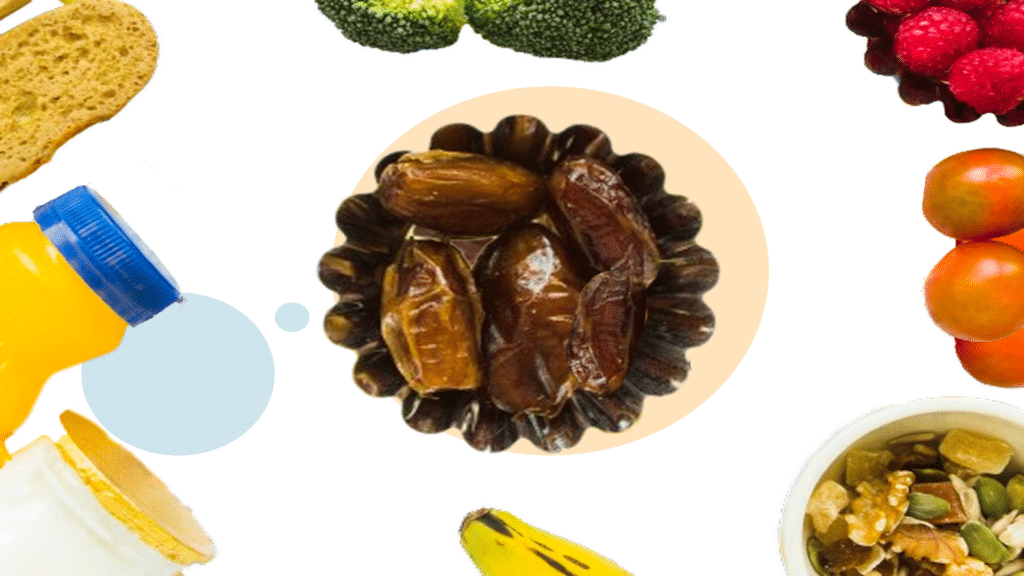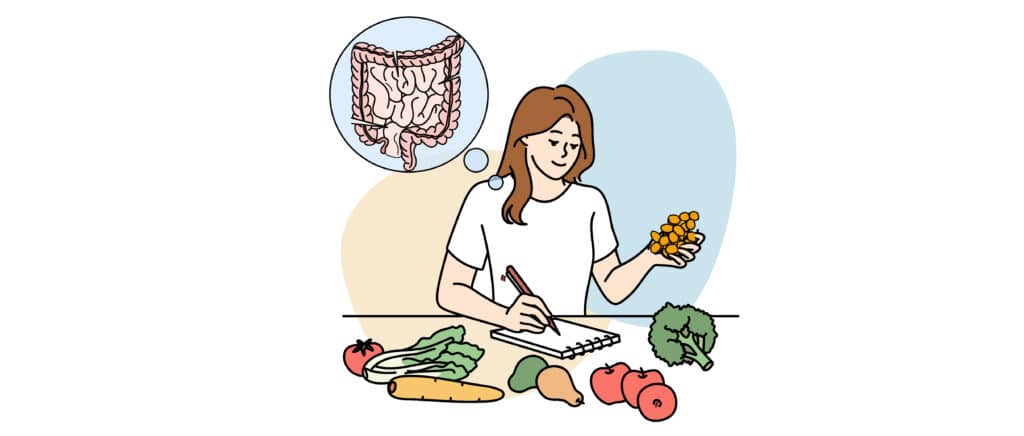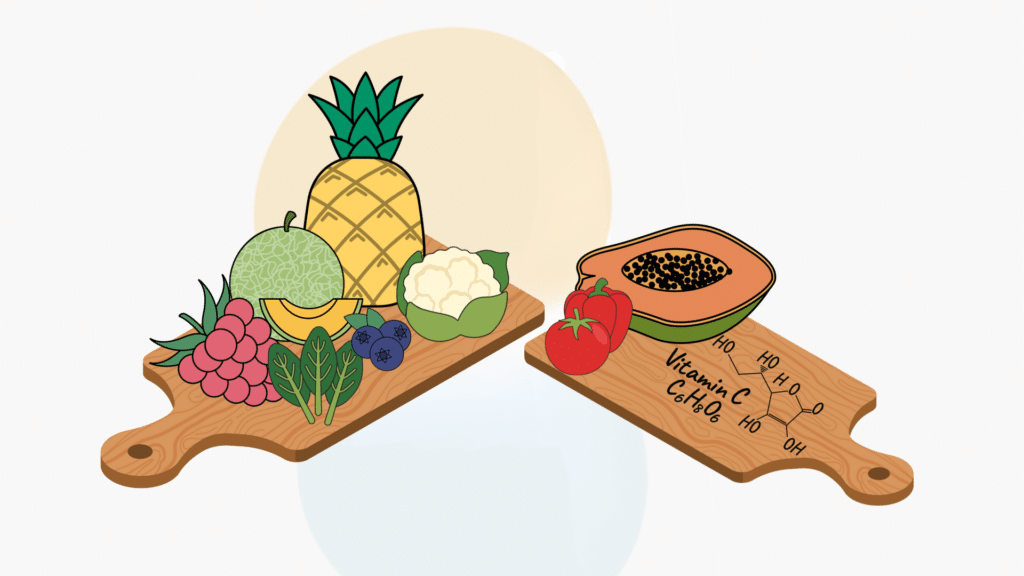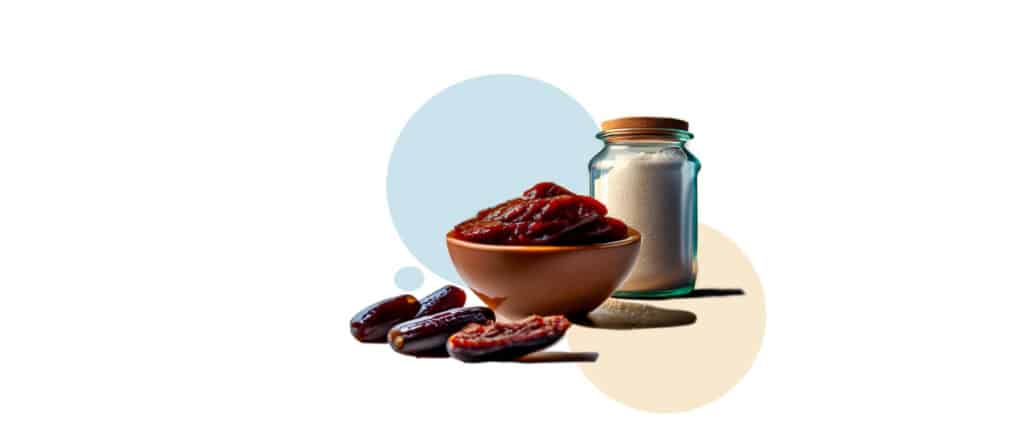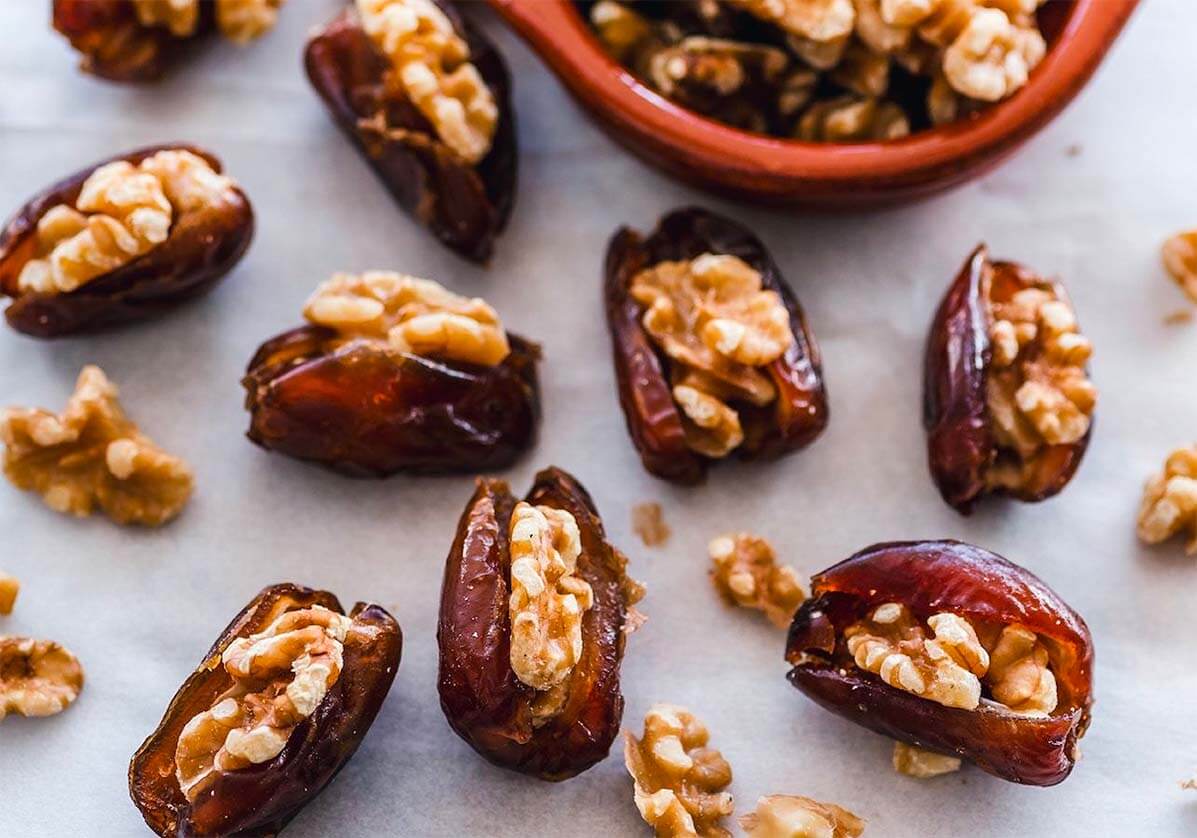Dates in Ultra Low-Fat Diet
- All About Dates Dates in Diet
- August 11, 2021
- 6 minutes read
Diet Description
In this article, we will discuss the benefits and challenges of dates in ultra low-fat diet, and how to incorporate them into your daily meals and snacks.
An ultra-low fat diet is one diet that has been gaining popularity. It involves eating foods that are proportionately very high in carbohydrates, low in fat, and moderate to low in protein. A normal, balanced diet consists of about 20-35% of calories from fat. However, an ultra-low fat diet consists of less than 10 to 15% of calories from fat.
An average person would follow a 2,000 calorie diet. That person may only eat about 22 to 33 grams of fat per day in this diet.
Diet Purpose
Low-fat diets may be recommended for people with certain conditions. These include multiple sclerosis or fat malabsorption disorders, like chronic pancreatitis. A low-fat diet may be beneficial for those with diabetes, obesity, and cardiovascular issues like hypertension. However, this is still debatable.
Dates in Ultra Low-Fat Diet
Dates are a great food option while on an ultra low-fat diet. This is because they contain very little fat. A 100 gram serving of dates, or about 4 to 5 dates, contains about 0.15 grams of fat. That is a marginally small amount compared to what you are allowed to eat.
What to Eat
In general, an ultra-low fat diet substitutes high fat foods with high carbohydrate foods. Fruit, vegetables, grains, cereals, and fat-free dairy are all good, low fat food options.
Proteins that are low in fat, like egg whites, chicken breast, and whitefish, can also be eaten on this diet. 30% or less of one’s calories should be consumed from fat as part of a low-fat diet. A specific product is considered low-fat if it has 3gm of fat or less per serving, as denoted on the nutrition label.
What to Avoid
Any foods high in fat should be avoided. This includes butter, oils, nuts, seeds, and full-fat dairy. Eating fatty meats, like bacon, is not a good idea. This also includes condiments or processed foods that contain oils and full-fat dairy. Examples of these are mayonnaise and ranch dressing. Cheese, avocados, egg yolks, olives, and dark chocolate are other examples of high-fat foods that should be avoided.
TIPS WHEN DOING ULTRA LOW-FAT DIET
Choose dates that are fresh and organic: Dates that are fresh and organic are more likely to retain their nutrients and flavor. They are also less likely to contain pesticides, preservatives, or added sugars.
You can tell if dates are fresh by looking at their appearance, smell, and texture. Fresh dates should be plump, glossy, and soft, with a sweet and fruity aroma. They should not be shriveled, dry, or moldy.
Eat dates in moderation: Dates are a healthy and delicious snack, but they are also high in calories and natural sugars. Eating too many dates can lead to weight gain, blood sugar spikes, and tooth decay.
It is recommended to limit your date intake to about 4 to 6 dates per day, or about 100 to 150 grams. You can also balance your date consumption with other foods that are high in protein, fiber, or healthy fats, such as yogurt, nuts, or seeds.
Enjoy dates in different ways: Dates are very versatile and can be eaten in different ways. You can eat them plain, or you can stuff them with nuts, cheese, or chocolate for a more decadent treat. You can also chop them up and add them to salads, oatmeal, granola, or baked goods.
You can also blend them with water, milk, or yogurt to make smoothies, shakes, or sauces. You can also make date paste or date syrup as natural sweeteners for your recipes.
Experiment with different varieties of dates: There are many varieties of dates available in the market, each with its own characteristics and flavor. Some of the most popular varieties are Medjool, Deglet Noor, Barhi, Khadrawy, and Zahidi.
Conclusion
For certain medical conditions, an ultra-low fat diet may be recommended. Eating some fat is still required in order to get essential fats. However, high-fat foods should generally be avoided. Incorporating dates in ultra low-fat diet are a great example of how it can be done.



